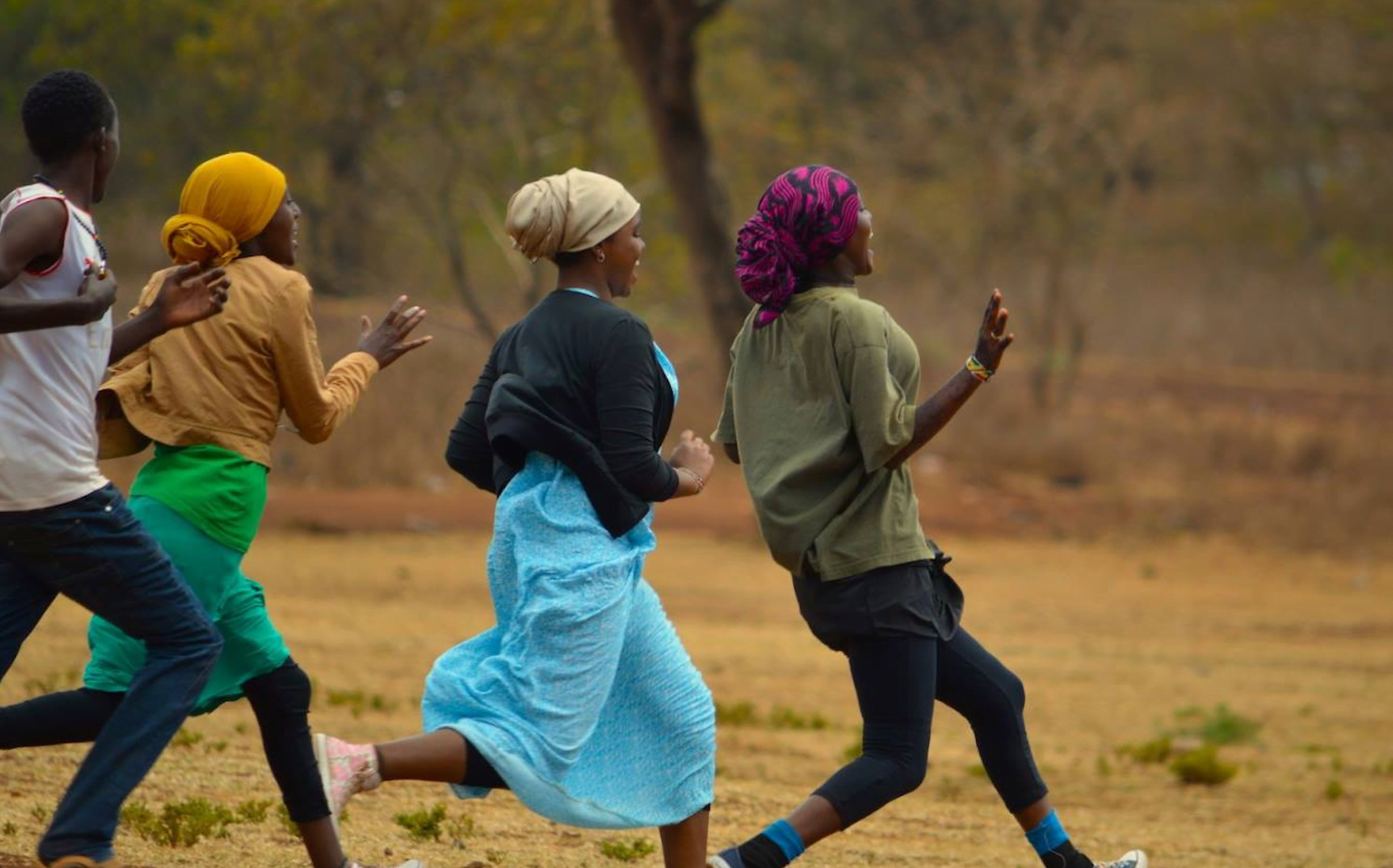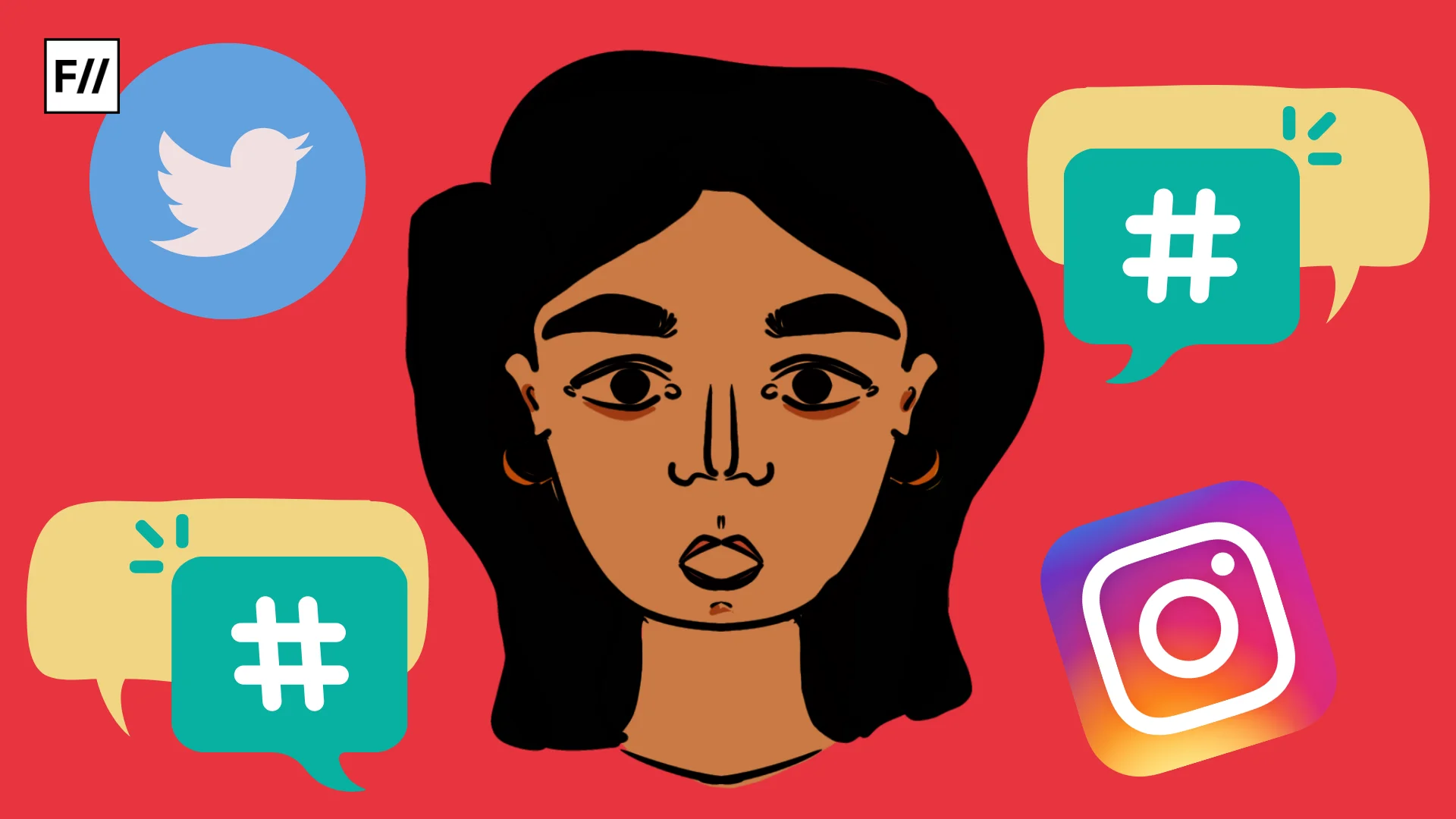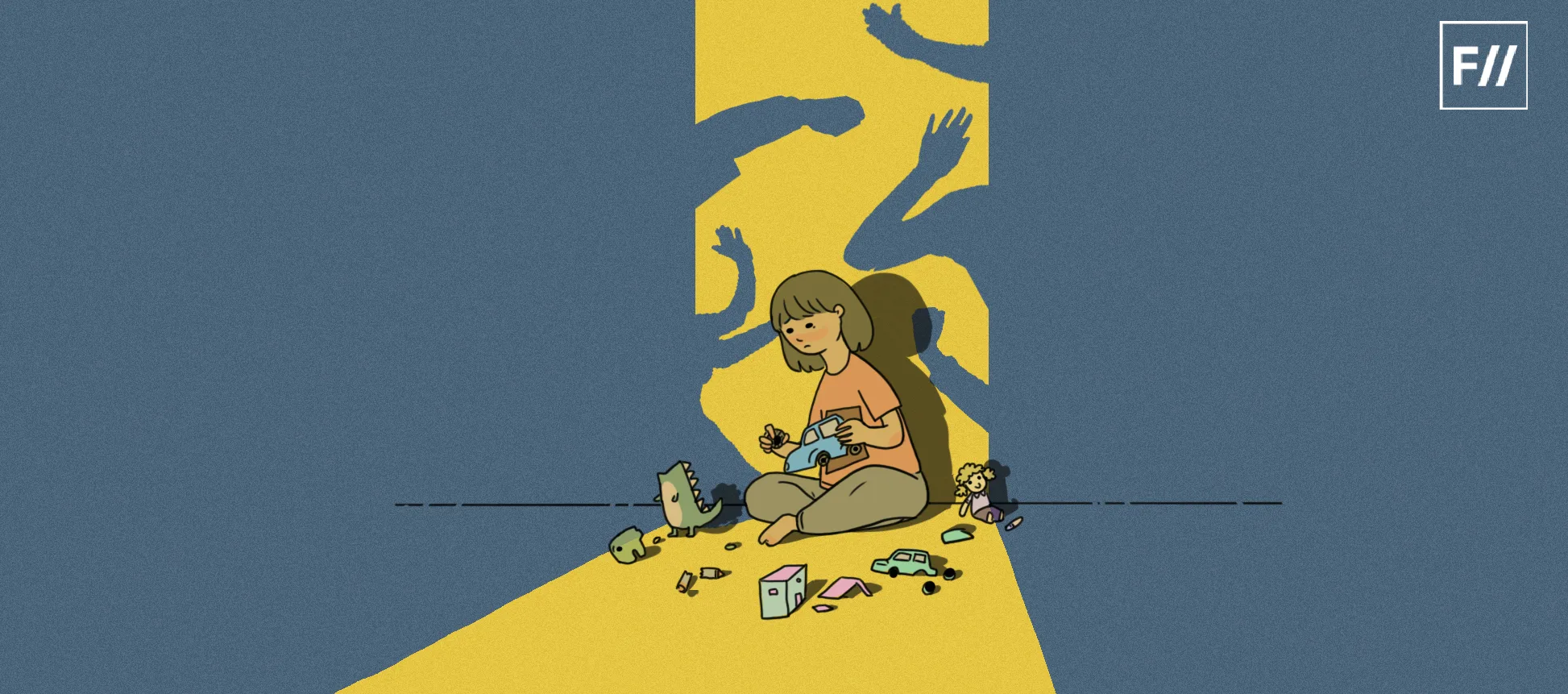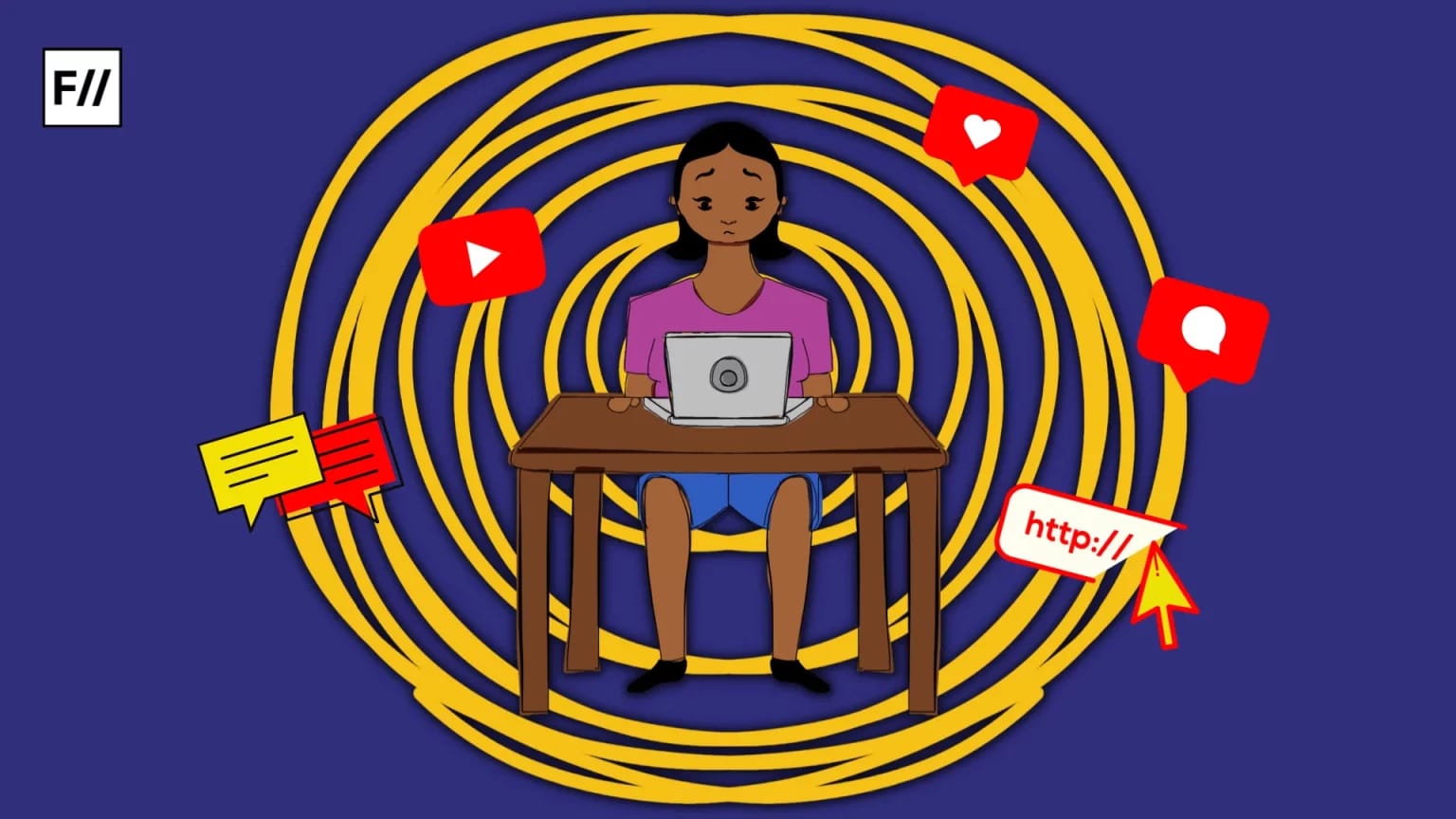Sports is not limited to the spectacular games watched live or on the screens; it is a social domain with its own frameworks, rules, and relations. And like the rest of society, it is also plagued with gender-based violence due to its largely patriarchal structures. Cases of casual sexism prominent in the sports industry have many times translated into incidents of violence, including sexual harassment, domestic violence, child abuse, assault, and even State oppression. In fact, the ever-growing database of such gender-based violence in sports is an alarming sight, especially for those who consider sports as a safe space.
Moreover, these cases of violence are not isolated incidents but are suggestive of overarching systems and practices which not only shield the perpetrators but also propagate mentalities which lead to such violence. The pervasiveness of these incidents — in different sports and countries — indicates that more than the context, it is important to uncover the underlying gender-sensitive concerns in sports to understand this dimension of gender-based violence in sports.
Domestic violence and spectatorship of sports
It might seem far-fetched, but there is a connection drawn between watching sports and the increased cases of domestic violence. A study from Lancaster University noted that, during the three World Cups, cases of domestic violence increased by 26% in England, if the team won, and increased by 38% when it lost. A similar trend was also observed in football matches and other sports.
Many episodes of sexual abuse have surfaced in the coach-athlete relationship which has also gained a voice in the #CoachDontTouchMe Movement. One of the most prominent cases is the Larry Nasar case, recognised as the biggest sexual abuse scandal in sports history. Nasar was able to exploit the innocence and defencelessness of the young girls put into his care.
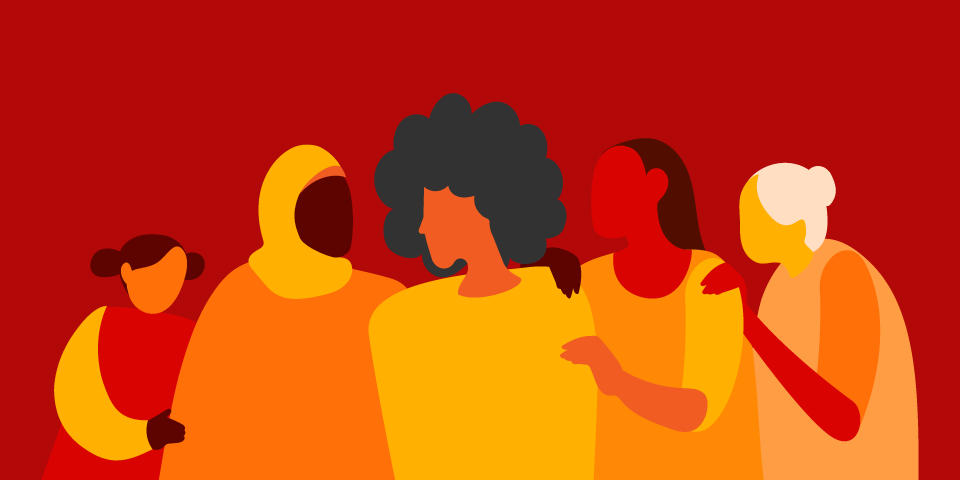
A direct correlation exists between disappointment over a lost match and displaced anger towards your partner to quell the frustration. It can be reasoned that the combination of alcohol, overwrought emotions, and hypermasculinity — all often triggered while watching any sports — can lead to aggressive behaviour vented in the enclosed space of the home. The high experience during the match-viewing can cause an almost physical agitation with the unfortunate outcome of violent actions.
Child abuse and sexual harassment in the unseen space of coaching
Coaches are the necessary mentors to enable a sportsperson’s journey towards success. They take up a pedestalized position in the sportsperson’s life as they are constantly looked up to for guidance and support. However, the coaching sessions are also private activities, often including just the coach and the players. It is not available to public scrutiny like the actual game played which also makes it an extremely vulnerable space. This space is built on the trust invested by the players in the coach, an intimacy between the coach and the player due to the nature of the coaching, and the power dynamics which put the coach in a superior position.
Also Read: Surge In Domestic Violence After Euro Cup Final: Organised Sports, Hypermasculinity & Aggression
Many episodes of sexual abuse have surfaced in the coach-athlete relationship which has also gained a voice in the #CoachDontTouchMe Movement. One of the most prominent cases is the Larry Nasar case, recognised as the biggest sexual abuse scandal in sports history. Nasar was able to exploit the innocence and defencelessness of the young girls put into his care. The case gained momentum due to its horrifying number of victims — including little girls and famous women athletes such as Simone Biles and McKayla Maroney — and its wide impact, infiltrating the London 2012 Olympics, USA Gymnastics’ training centre in Texas, and gymnastics meet in Rotterdam.
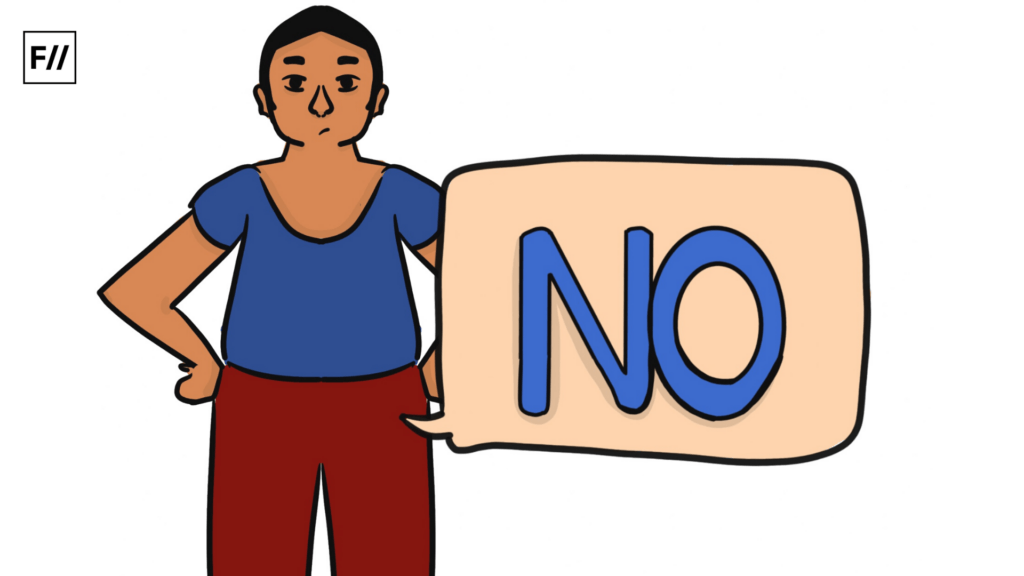
There are many other incidents of such abuse of power by the coach resulting in sexual violence. John Rembao, a famous high jump specialist, has been accused of various incidents of sexual harassment by three women who were coached by him.
Additional to these narrow spaces, the larger politics of a country can also cause gender-based discrimination in sports. Patriarchal laws and regulations can often render women without any recourse to address these issues, resulting in limited or stunted participation in sports. One of the most extreme examples of this is the prohibition of Afghan women to compete in any sports under the Taliban regime. This has been aggravated by the intimidation and harassment of women who played sports previously.
Mitch Ivey has been accused of sexually exploiting teenage swimmers he coached. A coach’s relationship with the player is poised on the line between the professional and the personal, which makes it imperative that it is made a safe space through responsible and moral mentoring.
State politics and women’s sports
Additional to these narrow spaces, the larger politics of a country can also cause gender-based discrimination in sports. Patriarchal laws and regulations can often render women without any recourse to address these issues, resulting in limited or stunted participation in sports. One of the most extreme examples of this is the prohibition of Afghan women to compete in any sports under the Taliban regime. This has been aggravated by the intimidation and harassment of women who played sports previously. It is the patriarchal attitude which has envisioned women’s rightful place as the domestic that has banned their participation in the public sphere of sports.
Social attitudes that encourage GBV in sports
Primarily, the world of sports is dominated by the facets of hypermasculinity. Physical strength and competitiveness, which are integral to this world, are often assumed as stemmed from the hegemonic masculine attitudes of aggression, virility, and dominance. Physical confrontation is not only accepted but also promoted in many sports. This, when uncontrolled, seems like a validation of violent behaviour. An article in The Gazette remarks on this: “Every time we watch a sporting event with physicality, we often see spectators cheering at the sight of physical contact. Most notably are fights in hockey where spectators can be seen banging against the glass, encouraging the fight, or in football where big tackles — whether pertinent to the success of a team or not — are often celebrated.”

Even the coaching practices are often based on traditional gender roles, derogative stereotypes, focus on toughness, and occasional yelling. The players are motivated to channel their inner “masculinity” which often involves physical valour and ruthless competitiveness. Name-calling is another coaching technique used to prompt the players to overcompensate through hypermasculine actions. This might produce more skilled players, but it can desensitise them to attributes like empathy, peace-making, and unconventional gender performance.
The case of Charles Omenihu betrays this sensibility as his coach attempted to separate the legal proceedings against Omenihu in a domestic violence case from his participation in the team. The report that documents this case further states that, in over 75% of cases recorded, the perpetrator was allowed to stay on the team and continue their sports career.
Secondly, there is, at times, privileging skill over social behaviour. A sportsperson’s fame and sports abilities are given more weightage than the question of their dubious morality. A notion of separating the world of sports from real life is propounded which could conveniently detach sports from the player. It is this erroneous thinking that the world of sports is a sacrosanct sphere, which should not be interfered with by social issues and politics, that shelters the perpetrators of gender-based crimes.
Also Read: Commodified And Consumed: To Whom Does The Sportswoman’s Body Belong?
The case of Charles Omenihu betrays this sensibility as his coach attempted to separate the legal proceedings against Omenihu in a domestic violence case from his participation in the team. The report that documents this case further states that, in over 75% of cases recorded, the perpetrator was allowed to stay on the team and continue their sports career. This is an appalling statistic of lack of accountability. It shows a mindset where the outcomes of a match are given more relevance than the acts of violence committed.
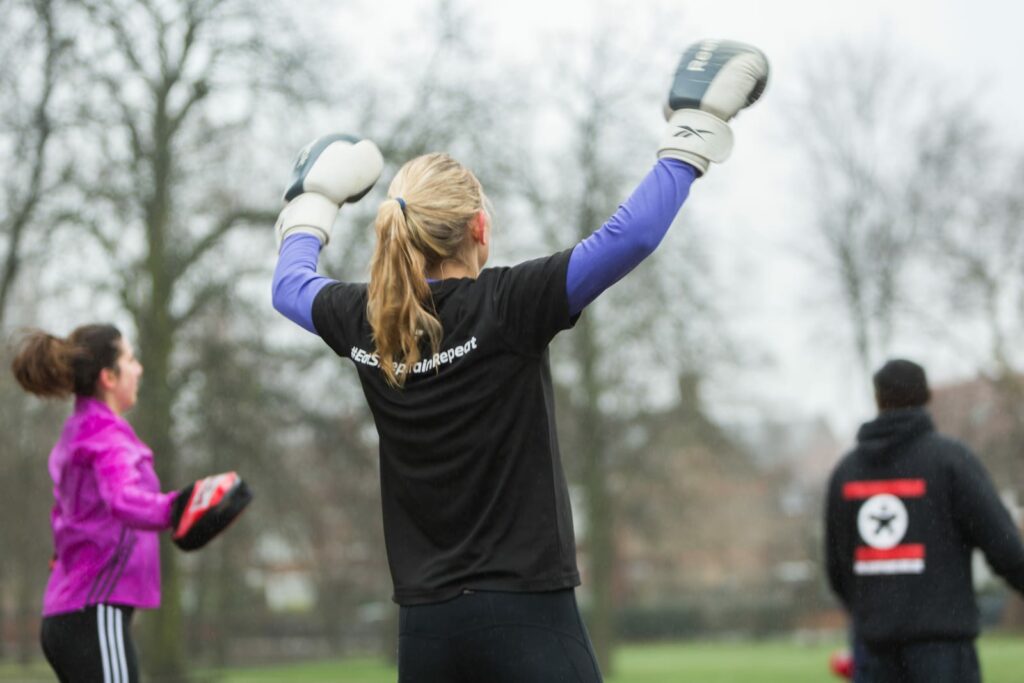
Finally, the hierarchies which exist in the world of sports often incline towards preferring men. Sports, despite the claims of democracy and equal representation, is still considered a male-dominated sphere. This means that the posts of higher administration, commentators and analysts, coaches, etc. are still reserved for men. Women are still often stereotyped as the cheerleaders of the sports world, and in many sports, women’s games are given secondary status. Often female athletes have to face lower pay and limited sponsorship which further marginalises them financially. This creates obvious power dynamics between men and women where women’s subordinate position makes them further vulnerable to gender-based violence.
Also Read: World Athletics Continues Bans On Transpeople: How Do Sports Decide Who Is A Woman?
In conclusion, it is imperative that the social issues that inhabit the world of sports are not ignored. Sports is not simply a domain of highly anticipating games; the voices of oppression which lie beyond the humdrum of goals and cheers, which is embedded in the structures that need to be recognised. This should ultimately enable changes in the whole systems that govern the world of sports: leading to greater accountability, progressive gender ideas, and increased space for women’s voices.
